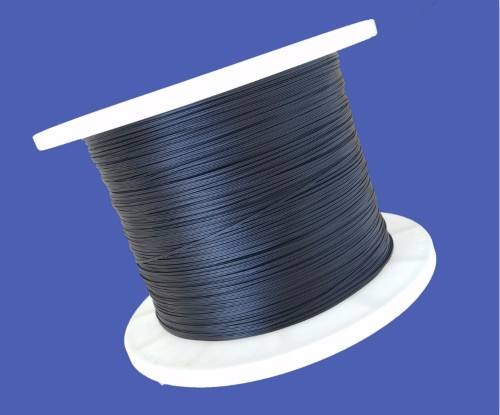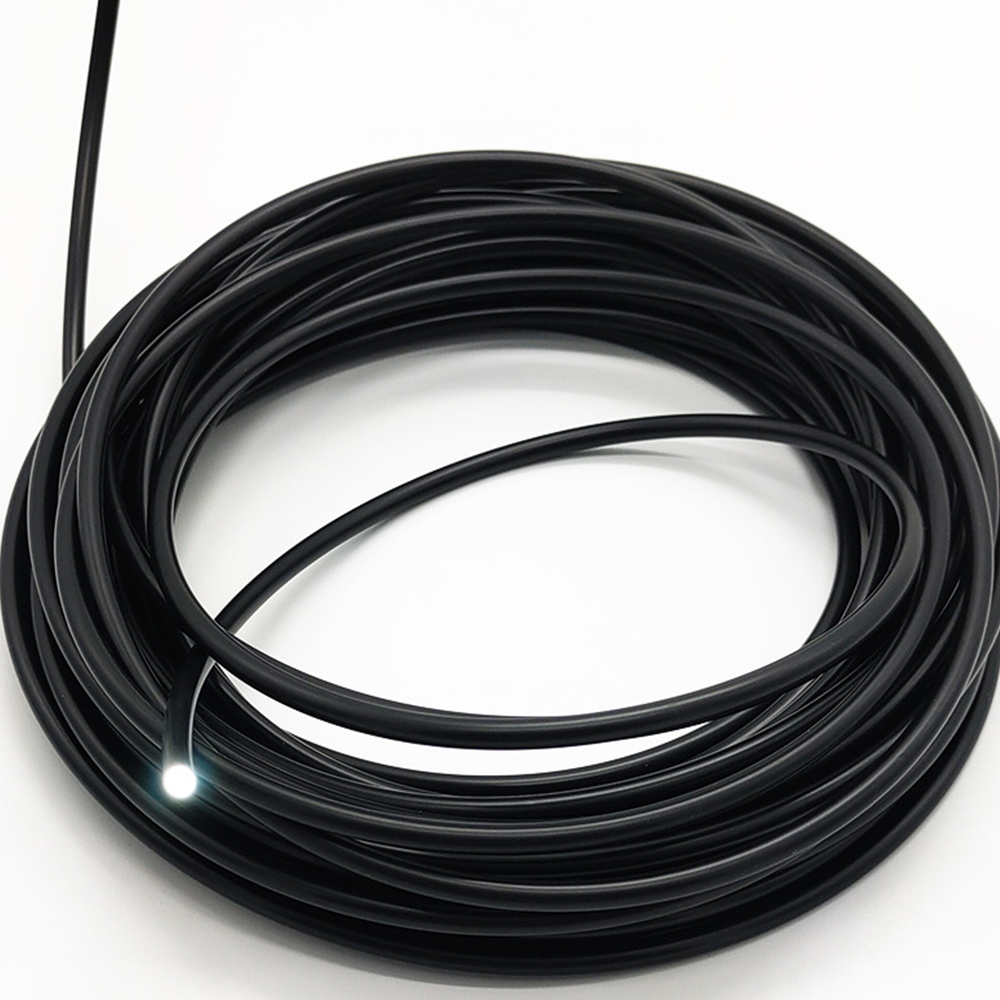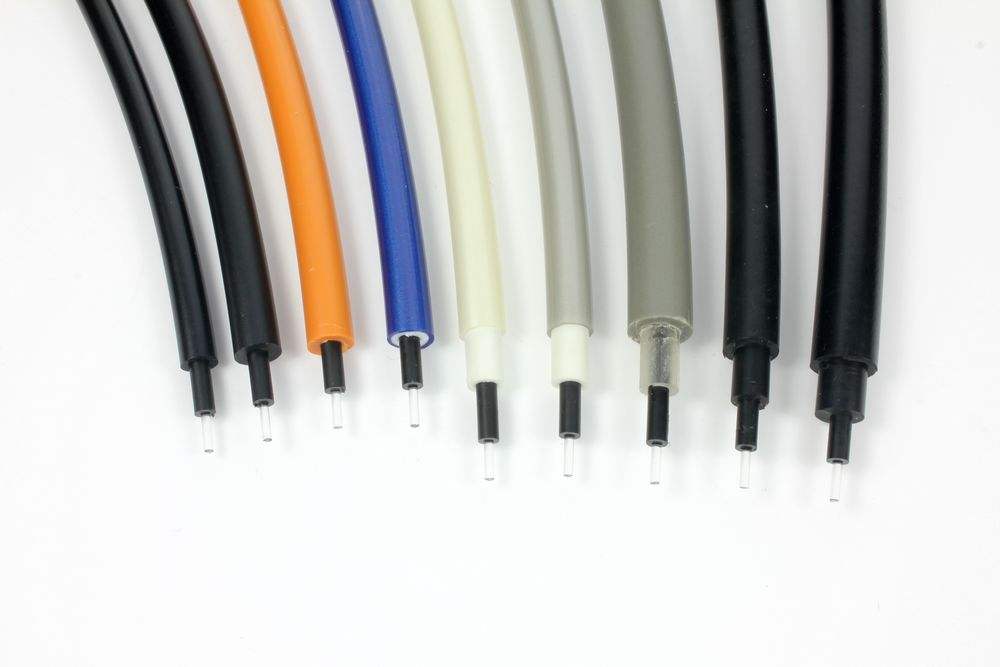Plastic optical fiber attenuation rate standard: comparison of home, communication, industrial and medical grades
The attenuation rate, transmission distance and bandwidth capacity of plastic optical fiber (POF) vary significantly due to different application scenarios, and its performance standards are directly related to its material process and industry specifications. The following is a comparison of transmission distance, bandwidth capacity and attenuation rate, and an in-depth analysis of the attenuation rate differences of home, communication, industrial and medical plastic optical fibers:

Transmission distance
Core range: ≤100 meters, mainly used in short-distance scenarios such as home LAN and smart home appliance interconnection.
Technical limitations: Limited by the high attenuation characteristics of PMMA (polymethyl methacrylate) materials, the transmission distance cannot be significantly improved.
Bandwidth capacity
Typical value: 10-100 Mbps·100 meters, using step type (SI-POF), obvious mode dispersion, and low bandwidth limit.
Application adaptability: Meets the low-speed data transmission needs of smart TVs, home security, etc., but cannot support real-time streaming of high-definition video.
Attenuation rate standard
Benchmark: ≤180 dB/km (650nm wavelength), PMMA material has high scattering and absorption losses, so its performance is limited.
Cost advantage: The material cost is only 1/10 of that of quartz fiber, which is suitable for large-scale home network deployment.

Transmission distance
Core range: 100-200 meters, suitable for fiber to the desktop (FTTD) and short-distance data center interconnection.
Extension potential: Fluorinated graded index POF (GI-POF) can support some scenarios to break through to 1000 meters, such as the end of the access network.
Bandwidth capability
Typical value: 1-10 Gbps·100 meters, the refractive index gradient control is used to reduce the mode dispersion, and the laboratory has achieved 10Gbps transmission.
Technical breakthrough: The bandwidth of perfluorinated plastic optical fiber (such as CYTOP) can reach 10GHz·100 meters, which is close to the performance of quartz fiber.
Attenuation rate standard
Benchmark: ≤50 dB/km (850nm wavelength), fluorinated materials significantly reduce absorption loss.
Industry specifications: must comply with the YD/T 1447 communication standard and must pass the bending fatigue test (≥100,000 cycles).

Transmission distance
Core range: 50-100 meters, need to adapt to harsh environments such as high temperature, vibration, and oil pollution (such as automotive CAN bus, industrial robots).
Reliability requirements: The temperature resistance range must cover -40℃~150℃, and anti-electromagnetic interference capability is preferred.
Bandwidth capability
Typical value: 100-1000 Mbps·100 meters, bandwidth stability is higher than that of home scenarios, but lower than the communication level.
Technical features: support industrial protocols (such as RS422, MOST bus) to ensure signal anti-interference transmission.
Attenuation rate standard
Benchmark: ≤200 dB/km (high temperature resistant modified PMMA), sacrificing some performance in exchange for mechanical strength.
Certification requirements: IATF 16949 (automotive) or ISO 9001 (industrial) certification is required.
4. Medical-grade scenarios
Transmission distance
Core range: ≤50 meters, used in endoscopes, biosensors and other scenarios, and must be adapted to micro medical devices (diameter ≤0.5mm).
Packaging requirements: Aseptic processing, flexible design to avoid damage to human tissue.
Bandwidth capability
Typical value: 500-2000 Mbps·100 meters, supporting real-time transmission of high-definition images (such as 4K endoscope imaging).
Technical features: Low-loss fluorinated materials combined with precision end-face polishing to reduce signal distortion.
Attenuation rate standard
Benchmark: ≤30 dB/km (biocompatible fluorinated polymers), must meet ASTM E595 radiation resistance requirements.
Certification requirements: Pass FDA or ISO 13485 biocompatibility certification to ensure that the material is non-toxic and sterilization compatible.
Summary of core differences
Material technology
Household and industrial grade: mainly PMMA, low cost but limited performance; industrial grade improves temperature resistance through modification.
Communication and medical grade: rely on fluorinated polymers (such as CYTOP), significantly reduce attenuation rate, but the cost is high.
Industry specifications
Communication and industry: must comply with standards such as YD/T 1447 and IATF 16949, emphasizing mechanical strength and long-term reliability.
Medical grade: must pass biocompatibility certification, and material safety is the primary consideration.
Scenario adaptability
Medical grade has the most stringent requirements on attenuation rate (≤30 dB/km), while household scenarios can accept higher attenuation to reduce costs.
The communication grade achieves high speed through fluorinated materials and refractive index control, while the industrial grade prioritizes anti-interference and stability.
In the future, with breakthroughs in fluorinated material technology (such as attenuation rate reduced to below 20 dB/km), plastic optical fiber may replace some quartz optical fiber applications in the field of short-distance high-speed transmission.
CopyRight © Senwo technology . All Rights Reserved TEL:+86-717-4828268 网站地图